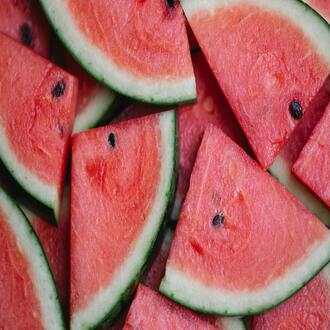Transcription Analytical validation requirements
Samples used for analytical validation must meet acceptable criteria for three consecutive runs.
Test results should be below the limit of quantification (LOQ) of the validated quantitative test method in cases where there are no known action limits for the allergen in question.
Where existing contamination is believed to be heterogeneous, the number of samples per validation should be increased to increase the chance of detection of potential allergen residue contamination.
This may require the combined use of a wash/product mass test and a smear test. It is not appropriate to use analytical tests in cases where the physical presence of the allergen is not appropriate for representative sampling, i.e. large pieces or pieces.
Instead, if analytical testing is not possible, a quantitative risk check should be performed, checking the number of fragments or pieces, the size of the fragments and their distribution in the sample, as well as an estimation of their occurrence.
Before sampling, the surface to be sampled should be thoroughly rinsed, since certain disinfectant substances can influence the results of analytical tests. Therefore, confirmation kits should be used or laboratory suppliers should be consulted.
When the results do not meet acceptable standards, and in order to minimize possible risks of product contamination, a simulation can be performed by cleaning the production line in the same way as is always done to avoid cross-contact with allergens. Once this is done, samples with similar allergenic characteristics can be taken.
When this is not possible, the new samples should be processed as soon as possible and the results of the analysis should be awaited before continuing with production, or in any case the finished product should be left pending the availability of the results.
Another option to this is to clean the production line a second time and test again. Once the allergen validation has been completed, all products that may contain the allergen should be tested for the presence of that allergen.
Therefore, a sample should be taken as a positive control before cleaning, which can be used to ensure the effectiveness of the test kit in detecting the allergen in question.
Sampling and analysis options: Smears (superficial):
- Once the production line has been sanitized, it is necessary to take a 10 cm x 10 cm swab sample from all food contact surfaces.
- The product contact areas where smears are taken should be representative.
- Surfaces with the highest probability of cross-contact with allergens should be chosen, such as hard-to-clean places where food residues accumulate, like bends or welds.
- Surfaces should be re-sanitized or decontaminated if the swab with a swab cap contains additives.
- In cases where an external laboratory is used, the swabs should be kept refrigerated during transport and should be inspected every 24 hours.
- Therefore, before taking the samples, it is necessary to be informed about the transportation procedures performed by the laboratory.
Observations about the smear:
- Although quantitative results are obtained, the surface smear is really a comparative method.
- These operations should not be performed separately from product testing or wash tests.
- Sometimes after testing, the first product to be produced on the production line may meet acceptable standards, despite a positive smear result.
- As part of the risk assessment, it is necessary to determine the extent to which residues are transferred to the product.
Rinsing (e.g., closed-loop or CIP cleaning, manual foam cleaning systems, washing machines):
- Two representative samples, where all CIP circuits are covered, of the final rinse liquid should be collected and analyzed.
- The pH must be between 6.0 and 8.0 to be able to perform the test.
- If the pH is outside this range, continue rinsing until the pH of the final rinse is within the correct parameters.
- The duration of the last rinse should be checked if the final rinse is not within these values.
- Sampling should not exceed 24 hours.
- Samples should be collected and stored in a cold place to avoid deterioration, such as by hiring a refrigerated courier service, in case they need to be sent to an external laboratory.
Final product:
- A proper sampling plan needs to be implemented and used, and also a clear understanding of how it works and what its limitations are.
- Samples of the finished product need to be collected from the first batch coming off
requirements validation analytic




